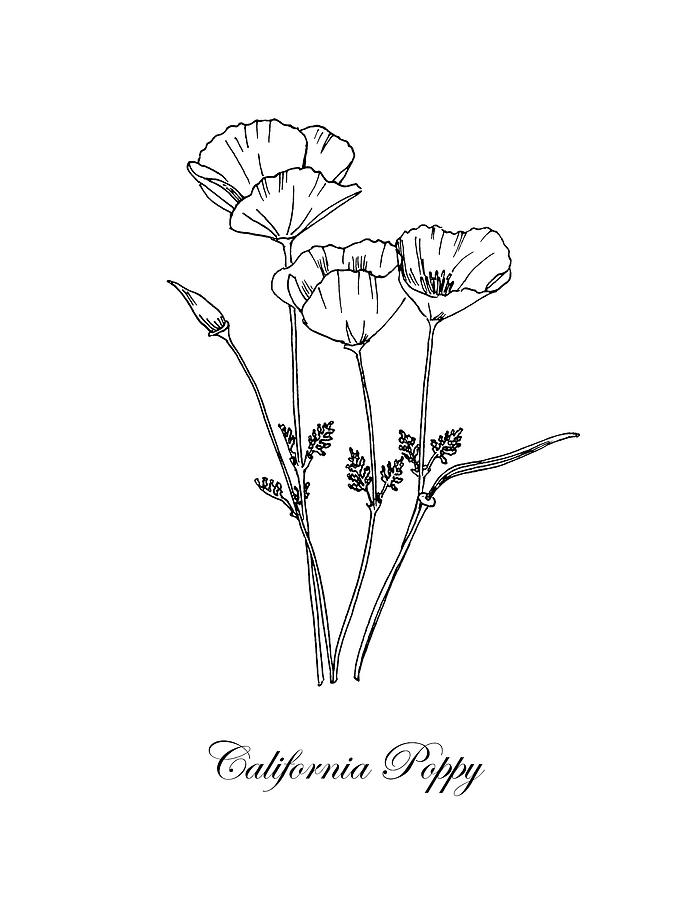Happy New Year!
While preparing my bullet journal I came across the following quote: “Climate is what you expect, weather is what you get.” – Mark Twain
As our climate changes, we have to learn how to live with it. Here, that means planting different species, harvesting at different times of years, learning ways to save water, and for all of us, finding ways to mitigate additional climate change.
Minimalism, in its many varied forms, offers a way to move into the uncertain future with less baggage, both literally and figuratively. Mass consumerism contributed to the climate changes occurring, and minimalism may offer us a way through those changes to a livable future.
In desert climes, like Santa Fe, New Mexico, USA; Ifran, Morocco and; Alice Springs, N Territory, Central Australia, people have learned to co-exist with the desert. As desertification intensifies, these communities can teach us how to adapt and thrive in our new reality.
As I studied these climates it surprised me to see minimalism everywhere. Not the “new” minimalism, but an older incarnation of minimalism. In the desert, people live lightly.
To live lightly, we are re-thinking our garden plans for 2022. Rather than planting a wide variety of vegetables in mid-April we will plant fewer cool vegetables, but sow them directly in mid-February. These include kale, spinach, carrots, and arugula. Once planted, these vegetables will wait on weather cues and sprout when the time is right. Also in mid-February, we start Tomatoes, and Peppers indoors. In mid-March we sow corn and when it is time to plant out (mid-April), we can sow squash directly.
Other vegetables would grow in zone 7 but we choose not to grow those vegetables and rather, live lightly. Carefully choosing what to plant and what not to plant. The greens require a bit of water but will be dormant through the warmest parts of the year.
Living lightly influences our choice of fruits and flowers too. We have two grape vines, two crepe myrtle, two rose bushes, numerous bulbs, a few patches of flowering grasses, and three patches of pink sedum for the butterflies. These are low-maintenance plants, and good for zone 7.
The only indulgence this year is a band of California Poppies. As the heat increases and the rain levels decrease, this semi-arid wildflower will grow well, and if we are lucky they will self-seed!

